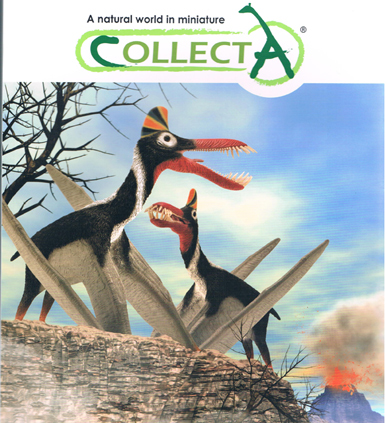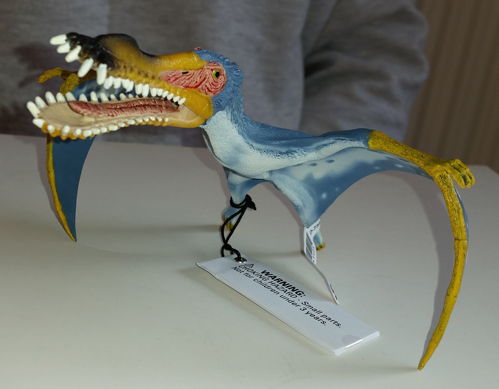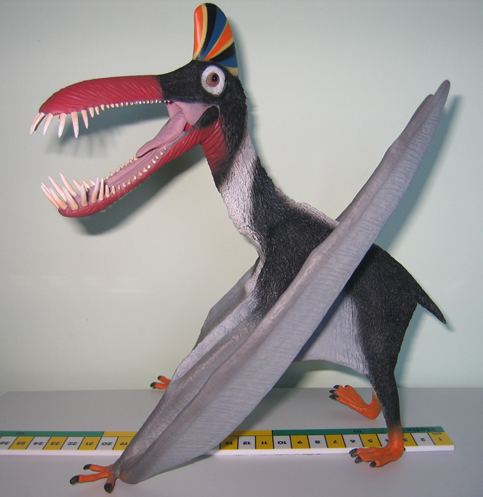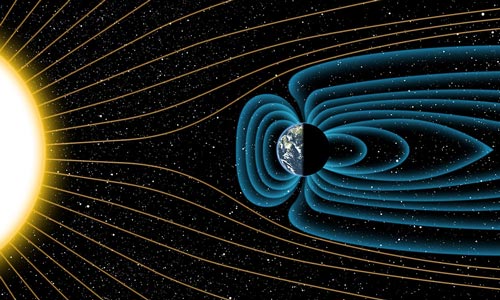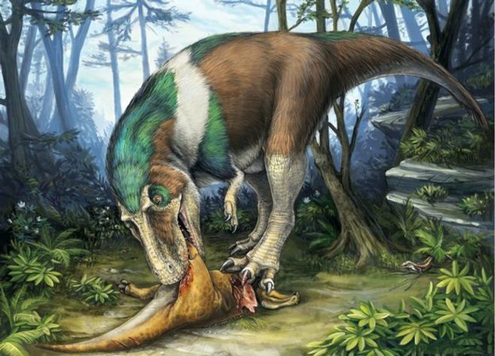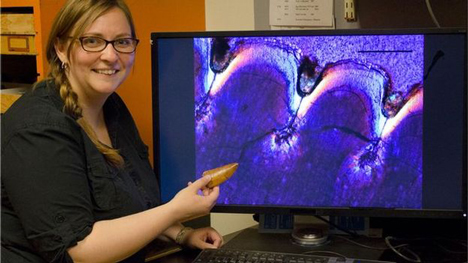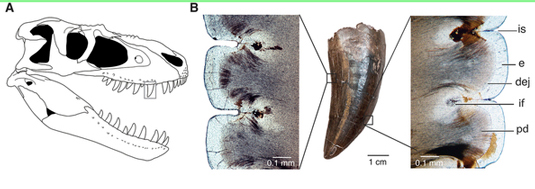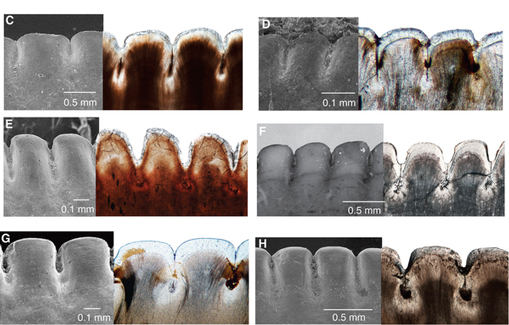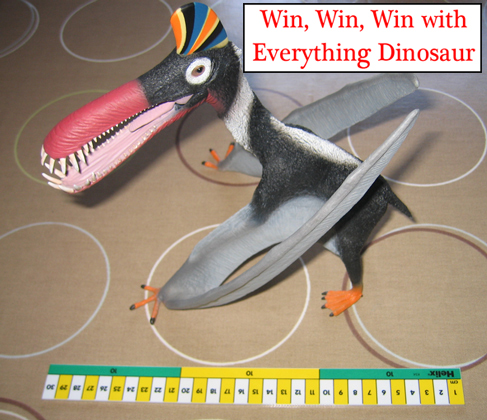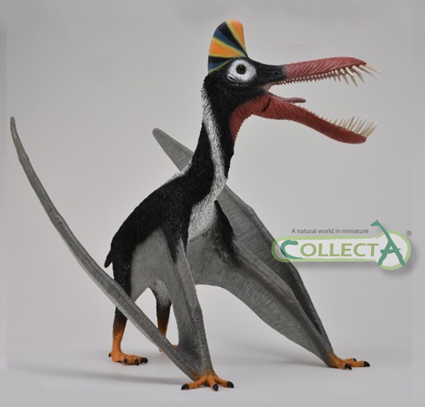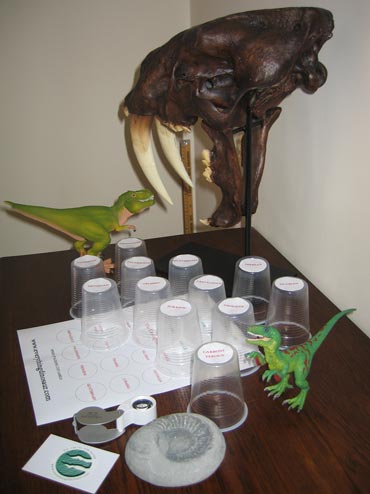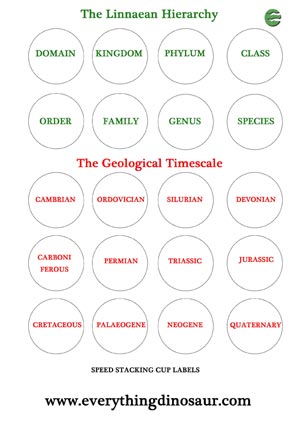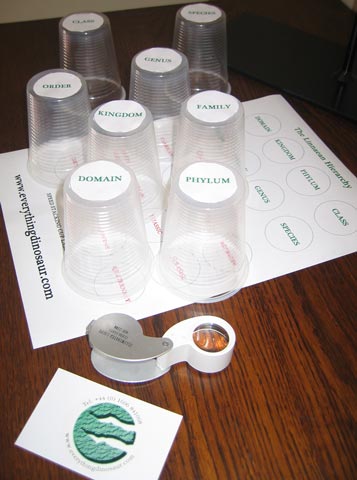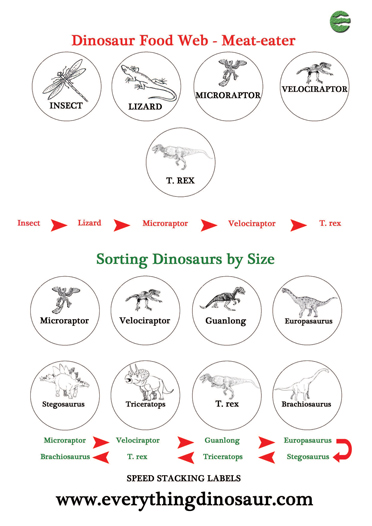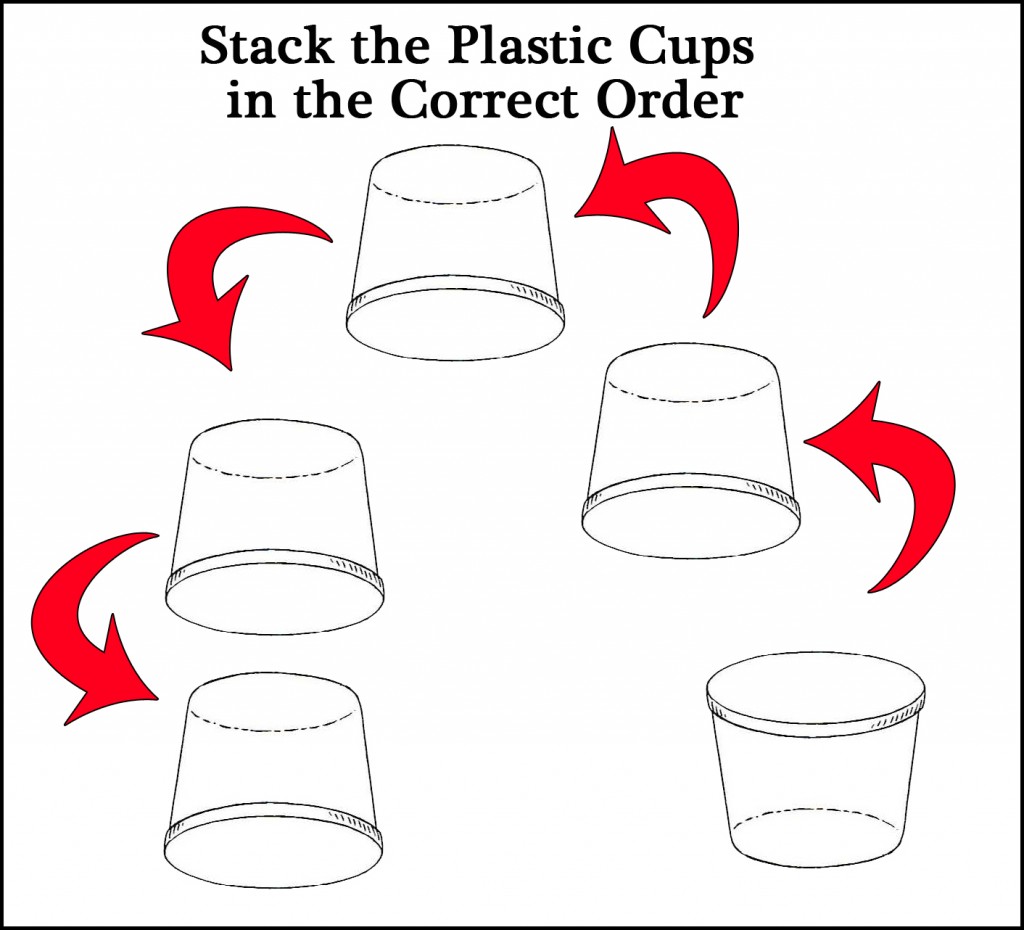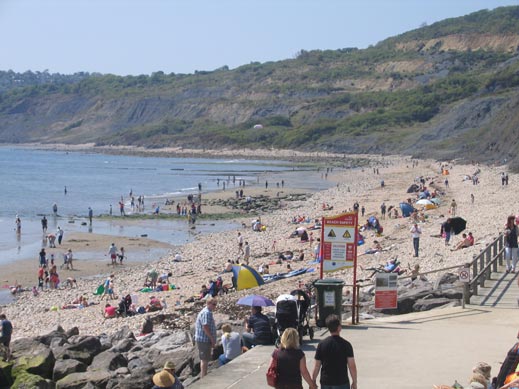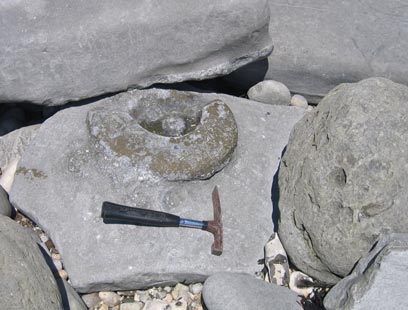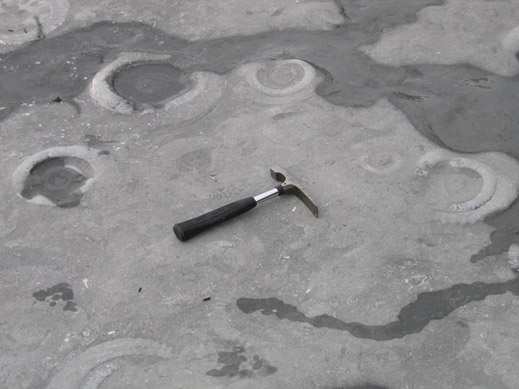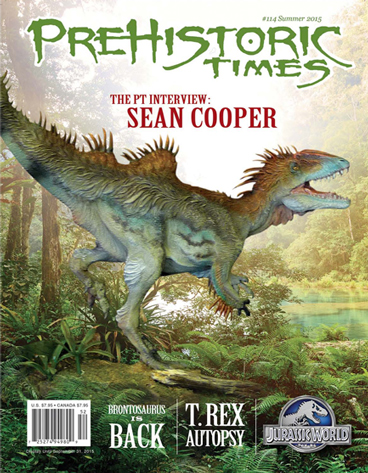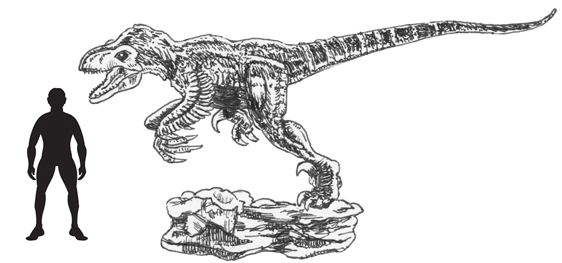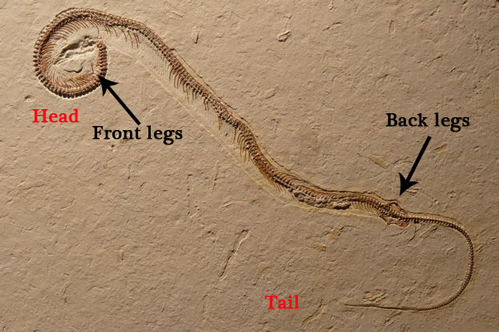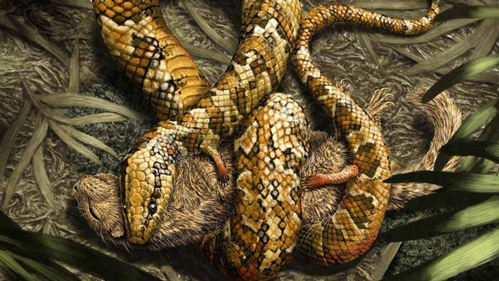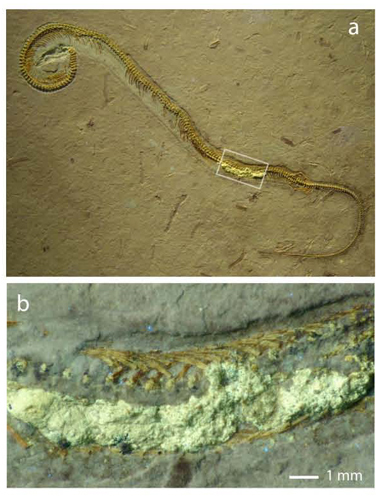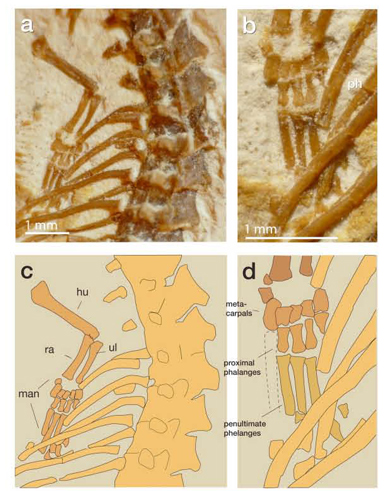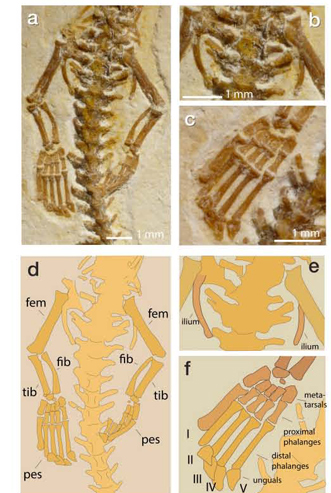Ornithocheiridae – Splendid and Enigmatic Pterosaurs
Ornithocheiridae – A Life on the Ocean Waves (Mostly)
With the introduction of the fabulous 1:4 scale Guidraco (G. venator) model by CollectA, pterosaurs have been much discussed around the Everything Dinosaur offices. We received an email a couple of days ago from a model collector, who asked why one of the pictures we had published featuring this excellent model showed a volcano in the background, when he thought such flying reptiles lived on the coast. Well, volcanoes can be found close to the sea, ask anyone who has visited Pompeii or Mount Etna, for example. However, fossil material assigned to the one species of Guidraco known was found in rocks that were laid down far inland.
CollectA Guidraco Pterosaur Model
A Pair of Colourful Guidraco Pterosaurs
Picture credit: Everything Dinosaur/CollectA
Guidraco fossils come from north-eastern China, from the famous Liaoning Province. The sediments in which this pterosaur’s fossils were preserved were formed in a lacustrine (lakes) environment and laid down inland away from the coast. Liaoning is famous for its exquisitely preserved fossils dating from the Early Cretaceous – birds, plants, fish, reptiles, pterosaurs and of course feathered members of the Dinosauria (Microraptor, Sinosauropteryx, Sinornithosaurus and the recently described Zhenyuanlong and so forth).
To read an article about the recently described feathered, predatory dinosaur called Zhenyuanlong: The New Winged Dragon from Liaoning Province.
Ornithocheiridae Family of Pterosaurs
The Ornithocheiridae family were widely geographically dispersed with ornithocheirid fossils described from strata found in North and South America, Australia, northern Africa, Europe as well as Asia. Today, something like 120 genera of pterosaurs have been described, of these more than 10% have been assigned to the Ornithocheiridae, although the exact number is a mute point. Many of the European Pterosaur fossils are extremely fragmentary and their taxonomic relevance is hotly debated.
Most ornithocheirids are known from quite poorly preserved fossil material. The exceptions are those genera associated with the Santana and Crato Formations of north-eastern Brazil, pterosaurs such as Ornithocheirus, Anhanguera, Cearadactylus and Coloborhynchus.
New for 2015 the Schleich Model of Anhanguera
Picture credit: Everything Dinosaur
The Ornithocheiridae Family of Pterosaurs and Wing Load Studies
Wing loading studies and reconstructions of the wing surface coupled with comparisons to living birds provides evidence that the ornithocheirids had wings which were adapted to soaring long distances. Their wing shapes resembles those of long distance fliers today, the Albatross for example. This evidence, as well as those toothy jaws which would have been ideal for catching slippery fish, suggest that the majority of the Ornithocheiridae were adapted to marine environments.
Guidraco – An Inland Ornithocheirid?
So why the volcano in the illustration of a pair of Guidraco pterosaurs? Near to the lush forests and deep lakes of what was to become Liaoning Province back in the Cretaceous was a line of volcanoes. The area was actively tectonic. Devastating volcanic eruptions would occasionally occur wiping out a lot of the fauna and flora. It was this fine volcanic dust burying the corpses that led to the fantastic preservation of many of the Liaoning specimens.
Most probably a fish-eater, Guidraco pterosaurs would have found plenty to eat in the lakes and water courses that interspersed the temperate forests. Although, palaeogeographical estimates suggest that this region was around 1,000 kilometres (620 miles) from the sea, an accomplished flier like Guidraco could have migrated this distance relatively easily. Perhaps young Pterosaurs (the holotype specimen of Guidraco represents a sub-adult), could have spent some time inland, especially during bad weather at the coast.
Another Fantastic Ornithocheirid Replica
Picture credit: Everything Dinosaur
To view the CollectA Guidraco and the other scale replicas in this series: CollectA Supreme Prehistoric World Figures.
With the introduction of the Schleich Anhanguera model along with the CollectA 1:4 scale Guidraco, it seems that ornithocheirids are as popular as ever.
To view the Schleich range of prehistoric animal figures: Schleich Dinosaurs, Pterosaurs and Other Prehistoric Animal Models.


